Make a drip feeder using an old soda bottle.
Have plants (especially vegetables) that do better if the moisture is delivered at their roots instead of from overhead? One cheap and simple way to make a drip feeder which you can place underground next to your plant is by using an old plastic soda bottle. Just puncture some holes in it (a barbeque skewer works great), and then plant it next to the young plant. The bottle will enable a slow release of water near the roots. This method prevents fungus and also reduces problems with leaves. Check out the source for detailed, in-depth instructions. Later on we'll share some more ideas which are similar to this one and which are great for other applications.
DIY Instructions and Project Credit: Thegardeningcook
Pot-in-a-pot.
The pot-in-a-pot method is one which you can use to solve a whole lot of gardening problems. This page over on Florida Friendly Plants lists 20 different reasons to consider it. It's excellent for flexible gardening (you can move things around with ease, without upsetting the plants nearly as much—great if you are experimenting with light conditions and such), and perfect if you have sand, coral rock, or encroaching roots in your garden. Those are just a few reasons to try it. Check out the page linked above to get started, and then have a look at this updated post, which will teach you even more about the pot-in-a-pot method. This really is one of the simplest and most ingenious gardening ideas I think I've ever seen!
DIY Instructions and Project Credit: Floridafriendlyplants
Water your tomatoes the right way.
Tomatoes can be tough to grow in dry climates, and watering them with an overhead sprinkler isn't always best for their leaves. The solution? Believe it or not, all you really need is a garbage can with a few holes drilled in it and a couple shovels full of compost. Check out pictures and the method here, and try it out for yourself. Those tomato plants look awesome. Great results!
DIY Instructions and Project Credit: Hometalk.com
Propagate roses with cuttings—and grow roses in potatoes.
One of the easiest ways to grow roses is by taking cuttings. This page will teach you the basics, and also a cool and very odd trick involving roses in potatoes. That's right, you can grow roses … in potatoes. You stick the rose cutting into a potato, and then push both into the ground. The potato keeps your cuttings moist while roots are developing.
DIY Instructions and Project Credit: Amateurgardening
Make molded concrete planters.
Remember the concrete block raised garden from earlier? Here is another similar idea, only this time, you are starting from scratch! That's right, no concrete blocks, just concrete. This is an immensely cool and creative project where you create the concrete planters from scratch using plastic containers as molds. The finished results look just awesome! I actually love the fact that they're a little rough around the edges. They look almost like something you'd find at an archaeological dig a thousand years in the future.
DIY Instructions and Project Credit: Radmegan
Homemade garden stones.
At the garden shop, you have probably seen cute painted river rocks with sayings on them. What's even better? Garden stones you paint yourself. You just need some flattened river rocks and some paint and markers. What's great about this idea is that you can write anything on them, including the names of things you have planted. This is great if you still are not used to identifying plants at a glance—or if they have not sprouted yet and you are not sure what is where.
DIY Instructions and Project Credit: Diyncrafts
Plastic bottle water reservoir.
This is similar to the slow-drip bottle from before. You get a plastic bottle, cut the bottom off of it, and make sure it is around the same height as the planter you are using. Push it into the soil before you plant a new sprout, and fill the bottle with water on hot days. It will drip slowly into the water and go straight to the roots. This can be very helpful to growing plants. Be sure to check out the source article for more tips and tricks for making the most of your water bottle reservoir.
DIY Instructions and Project Credit: Dabbletree
Nourish and protect your plants with eggshells.
Next time you make a batch of deviled eggs, don't toss the shells in the trash! Eggshells are useful in the garden. If you spread them around the bases of your plants, you can nourish the soil with calcium. On top of that, eggshells actually repel certain insects, so they protect your plants from pests. Very cool.
DIY Instructions and Project Credit: Thechicsite
Repurpose your broken pots into plant markers.
Like the river rocks from before, this is another idea for marking the locations of your plants. It's a cute idea for making good use of materials which would otherwise go to waste. Plus, it is sad when a faithful pot breaks, and this way you get to keep it as part of your garden. The only caution I would add to this one is that the broken edges are sharp, and this is probably not something you want in your garden if you have kids running around.
DIY Instructions and Project Credit: Wikihow
Grow sweeter tomatoes using baking soda.
A lot of people love to grow tomatoes because they are usually much juicier and sweeter than the ones you buy at the supermarket. How can you make even sweeter and more delicious? Try adding some baking soda to the soil. Make sure you only sprinkle it on the soil, not the plant. The baking soda is a base, and counteracts the acidity in the tomatoes. The result? Sweeter tomatoes.
DIY Instructions and Project Credit: Thegardeningcook
Plant a seedling in a citrus rind.
This method for planting was discovered by the author of My Roman Apartment. The blog owner had vowed to buy nothing new for one calendar year, but then ended up stumped over where to plant a new seedling. As it turns out, you can successfully grow a seedling in a hollowed-out citrus rind with some potting soil in it. It is a good idea though to throw away the peel in your compost heap when you are ready to plant the seedling in the ground, rather than plant the citrus peel too. Why? You do not want too much acidity leeching into the soil.
DIY Instructions and Project Credit: Myromanapartment
Build a strawberry tower.
If you want to grow a lot of delicious juicy strawberries and conserve space in the process, the strawberry tower is a great way to do it. What's really exciting about this setup though is the fact that it allows you to drip water gradually through the whole tower. There's a water bottle in the top pot (just like the one you read about before). The water drips down through the top pot to all the ones below.
DIY Instructions and Project Credit: Apieceofrainbow
Make your own cobblestones.
Cobblestones have a really charming effect anywhere you put them. They are great for building a patio or for creating a path through your garden. No matter what your plans are, this simple tutorial will show how you can do it from scratch. The photos are clear and easy to follow. In fact, this whole project is a lot simpler than I ever would have guessed. Who would have thought adding some old-fashioned charm to your yard could be so easy?
DIY Instructions and Project Credit: Tancamjenksfam
Make cute garden critters out of recycled materials.
On this page, you will find a bunch of exciting projects for making adorable garden critters, all out of recycled materials! I just love that hedgehog. Amazing that he is made of nothing more than a plastic bottle with some twine and a couple cute little eyes—and he doubles as a planter, with the plants standing in for his fur! It's hard to believe that rooster started out as a plastic bottle, or that those butterflies started out as the same—just another type of bottle. There is no way I could say which of these projects is the cutest! They are all just incredible!
DIY Instructions and Project Credit: Diygardendecor
Build a trellis out of PVC pipes.
Have you ever wanted to add a trellis to your yard? One surprisingly easy design uses PVC pipes linked together. Just check out these beautiful photos. This trellis is being used to grow cucumbers, but you could grow any number of things on it. It looks and works great.
DIY Instructions and Project Credit: Pvcplans
Mosquito control herbs.
Are mosquitoes bugging you in your garden or on your deck? There are a number of herbs which naturally repel them, including catnip, lemon grass, and more. Plant one or more of these together in your garden, and you will get those bugs away fast. Put them in a pot and grow them on your patio or deck and you can keep them away from the areas where you like to spend time. As a bonus, these herbs are all useful for other purposes, so you can harvest them for food and more. This is a much healthier alternative to spraying mosquito repellent everywhere. It's better for your garden and for you.
DIY Instructions and Project Credit: Salisburygreenhouse
Learn why lemon balm is amazing.
Trying to think of a new herb to grow in your garden? Think about growing lemon balm! Lemon balm, according to Ann's Entitled Life, is one of the most all-around helpful herbs you can grow! It acts as a mosquito repellent and also helps to draw bees to pollinate your flowers. On top of that, it has a bunch of great medicinal uses and goes great in a variety of recipes. It also is wonderful for potpourri and aromatherapy. And believe it or not, it makes an excellent conditioner or facial. Basically, it is useful in every area of your life and every area of your home.
DIY Instructions and Project Credit: Annsentitledlife
More plants that repel mosquitoes.
Earlier I talked about how you can repel mosquitoes using herbs. If you want to learn even more helpful plants that will chase away those pesky insects, take a look here. You'll learn additional benefits of all of the plants and what else you can use them for. This is a great guide.
DIY Instructions and Project Credit: Naturallivingideas
Collect water for your garden the easy way.
Live in a location where you have a high water bill? One way to cut down on the costs of gardening is to take advantage of the water that falls from the sky. If you need to water your plants on dry days, why not set up a rain barrel to take advantage of natural precipitation? Collect the water when it falls, use it when it's needed. This is an easy system to set up, and perfect for dropping your utility bill.
DIY Instructions and Project Credit: Fivecentnickel Photo by madmack66.
Use K-Cups as seed starters.
Do you have one of those coffee makers that requires you to use K-Cups? All those K-Cups add up to a lot of trash—unless you make good use of them in your garden. It turns out they are the perfect size for seed starters. Just label them and add your seeds and wait for them to sprout.
DIY Instructions and Project Credit: Fresheggsdaily
Wine cork plant markers.
There are so many cool ideas for plant markers out there! While the river rocks and the broken pots are very cute and creative, here's one for the avid wine drinkers out there … wine corks! Just retain the corks from the wine you drink and write on them with a marker, then peg them into the soil as in the picture. This is just so cute, and a great personalizing touch to a garden!
DIY Instructions and Project Credit: Shineyourlightblog
Turn plastic bottles into self-watering seed starters.
I have talked about how you can use old plastic soda bottles to water plants, but did you know you can also turn them into seed starters which water themselves? This is a cool project which teaches some science principles, so it is perfect to do with your kids. You cut the plastic bottles in half, and then put the top half upside down inside the bottom half. Moisture condenses in the bottom chamber. You direct a piece of yarn through a hole you punch in the bottle cap, which draws the moisture upwards. This is a fun way to start a gardening project indoors.
DIY Instructions and Project Credit: Diyncrafts
Reduce the weight of a heavy outdoor plant pot.
Have one of those super heavy huge outdoor plant pots which is backbreaking to try to relocate once it is full? One easy way to reduce the weight of these outdoor plants in the future is to fill the bottom part with foam peanuts, then put the dirt on top of that. This reduces the weight a great deal, and actually improves the drainage of your soil. How cool is that? Keep in mind you will probably need to water the plant more often.
DIY Instructions and Project Credit: Familyhandyman
Use plastic bins as mini-greenhouses.
Clear plastic bins are awesome for just about everything. As it turns out, one of their many applications is in gardening. These bins can serve beautifully as mini-greenhouses for growing seedlings! Since they are cheap and versatile, and can have other applications off-season, this is one of the best gardening tips and tricks for beginners.
DIY Instructions and Project Credit: Prairiecottagerose
Learn assorted methods for killing slugs.
If slugs are a major pest problem in your garden, you can learn a variety of different methods for killing them here. Most gardeners are not fans of slugs since they will eat through practically anything. Before you rush to kill them, though, read up on their ecological benefits. Slugs aren't all bad, and if you only have a few, you might very well want to leave them be. They eat dead matter, spread seeds that assist with plant propagation, and also help to recycle nitrogen.
DIY Instructions and Project Credit: Thisgardenisillegal
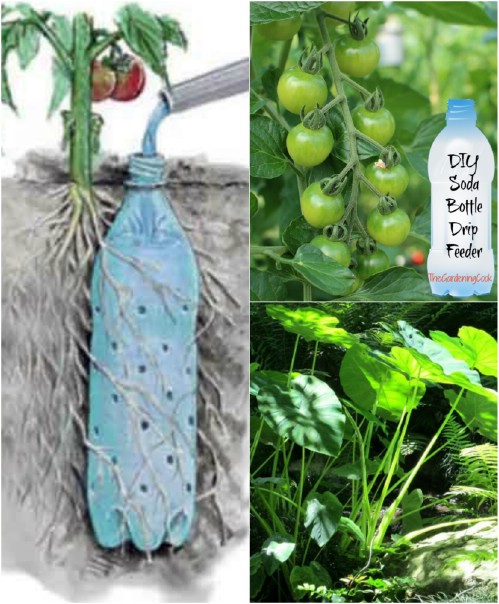
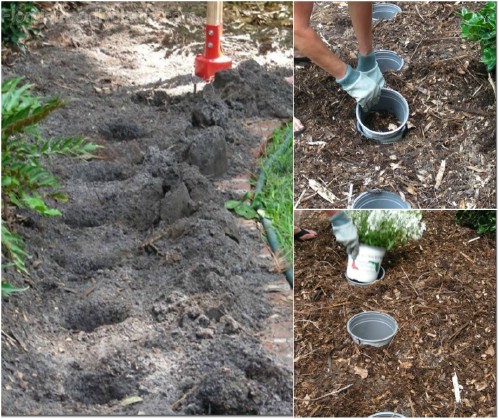
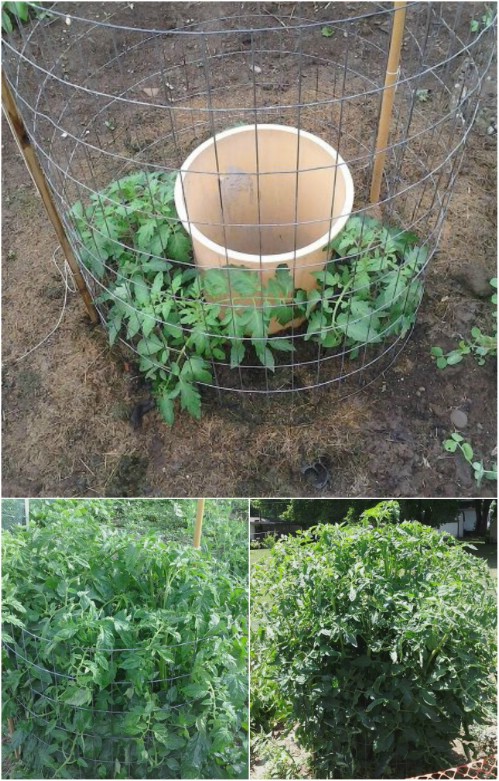
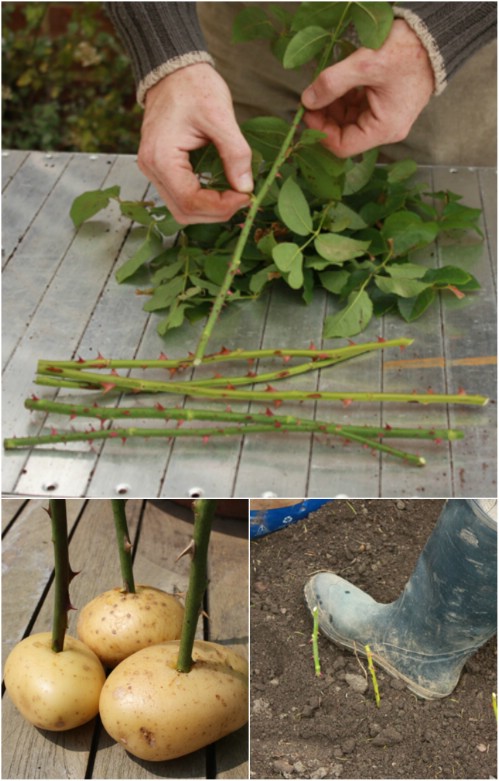
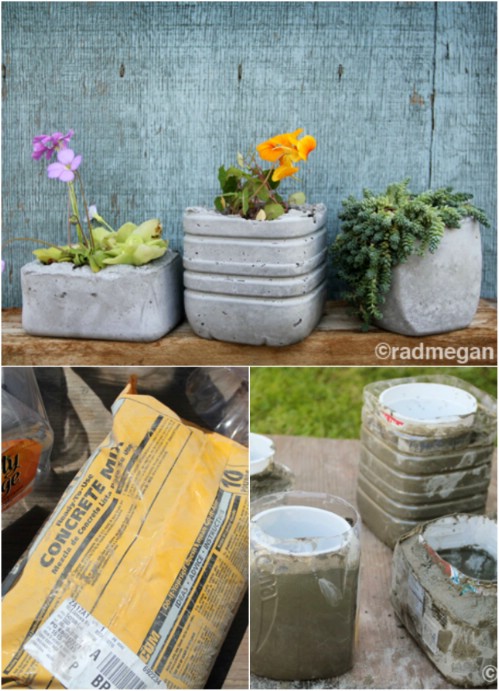
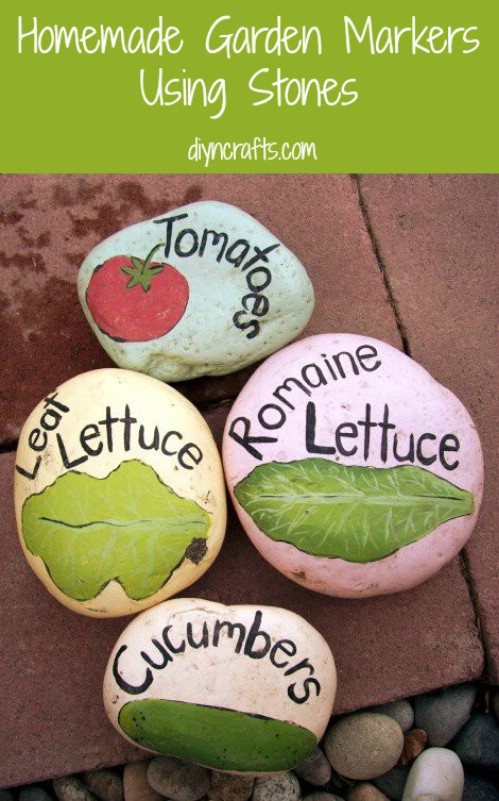
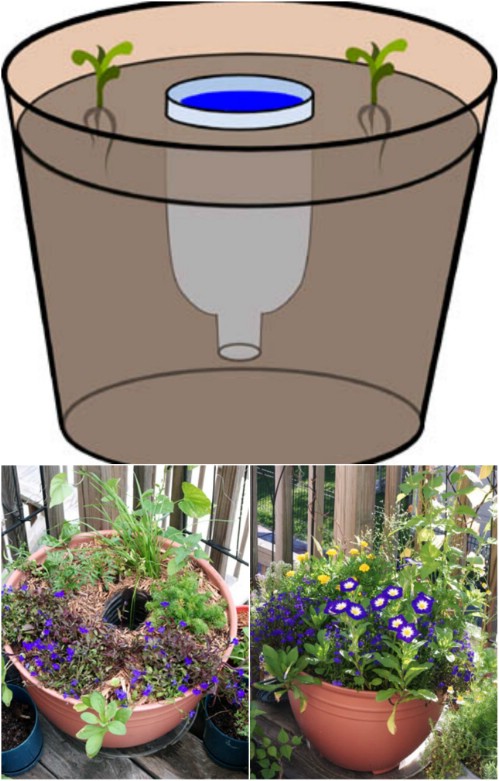
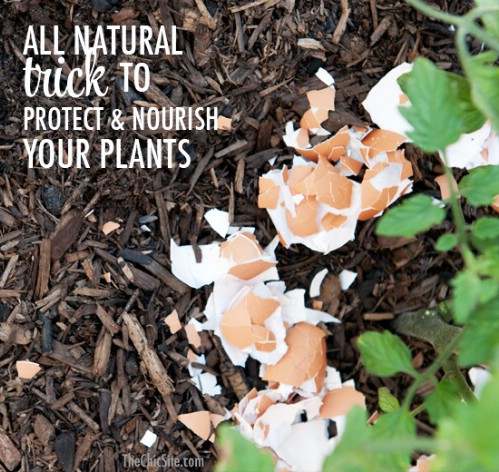

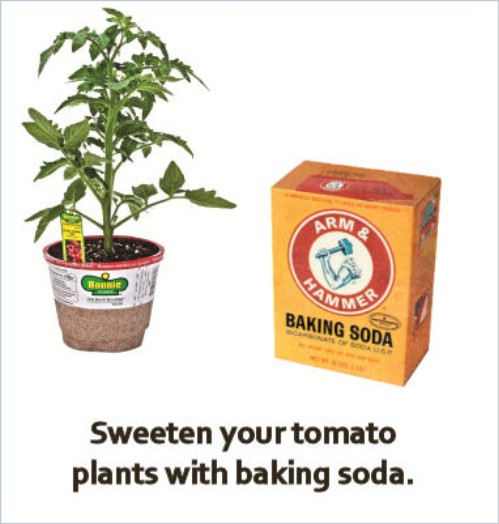
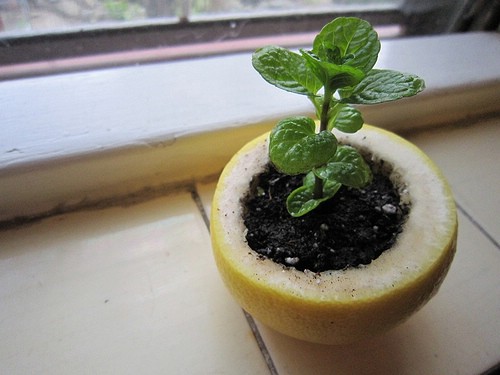
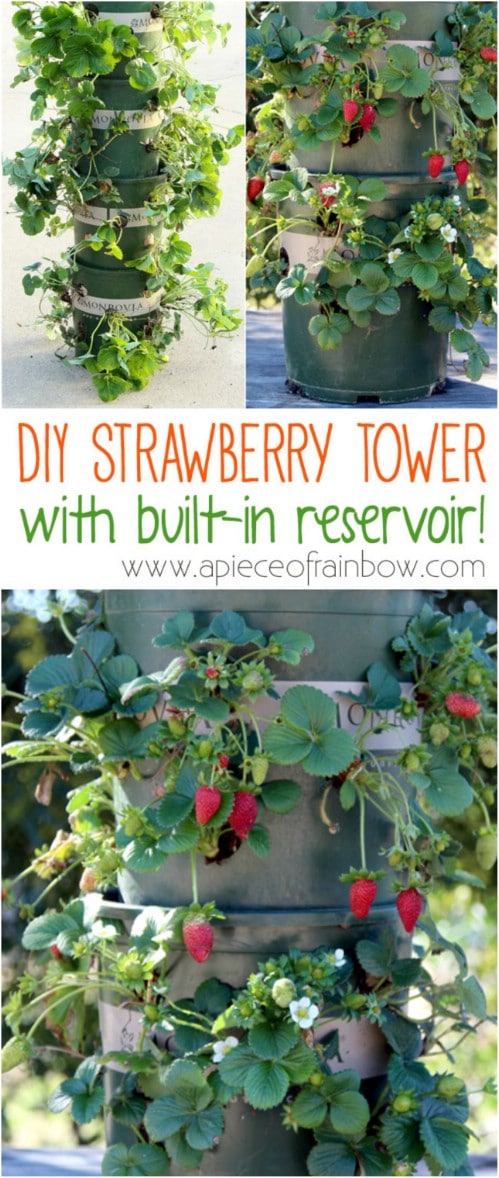
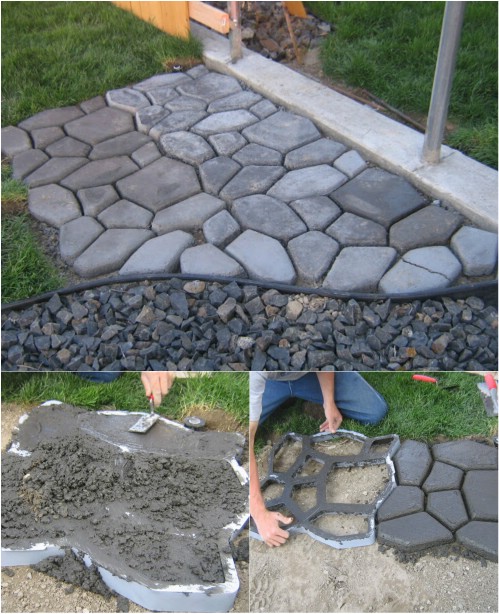
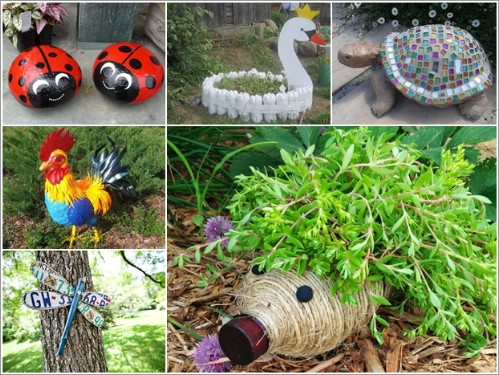
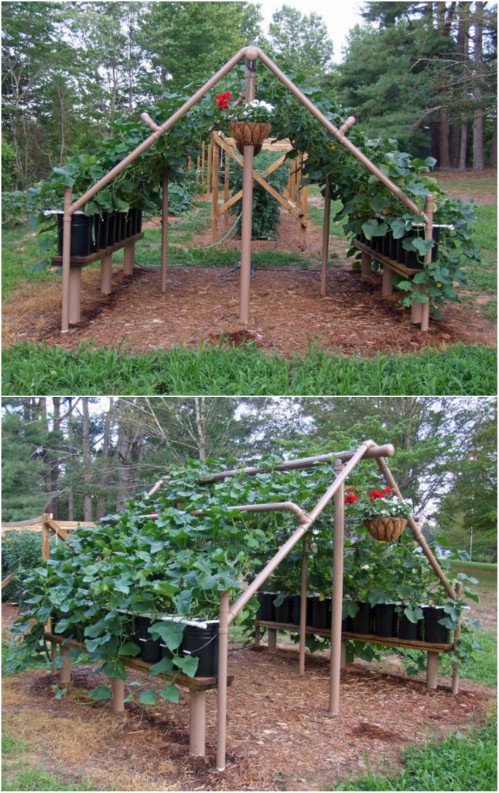
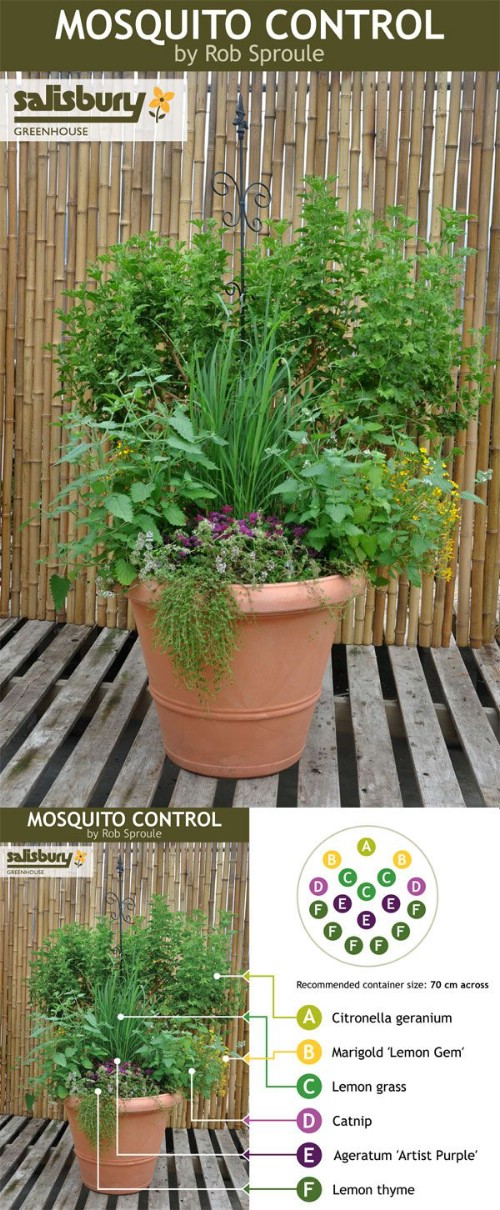
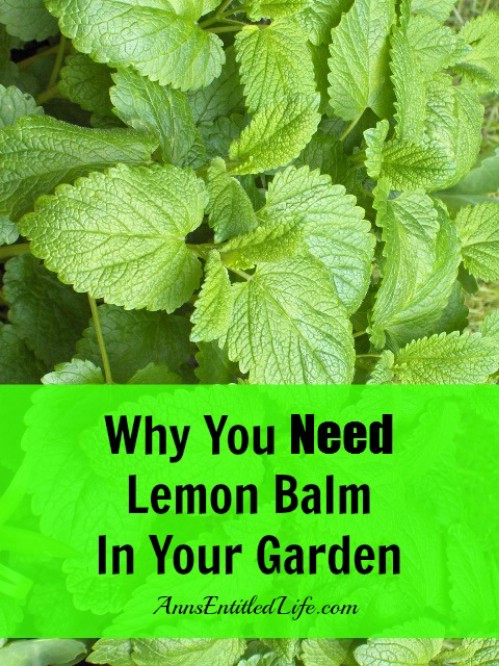
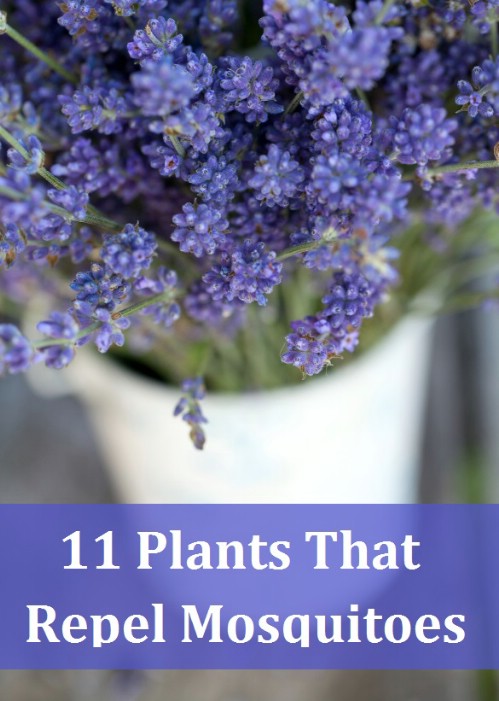
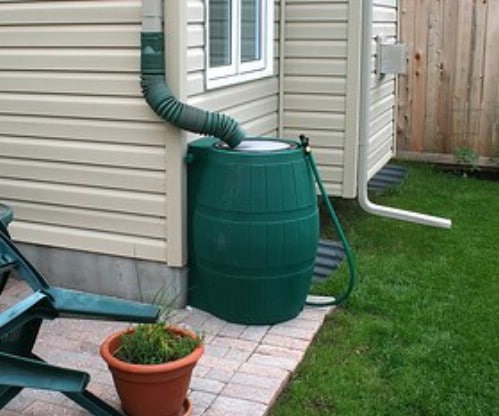
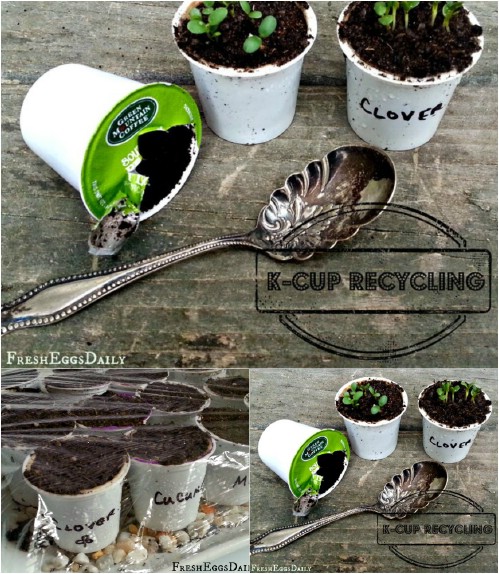
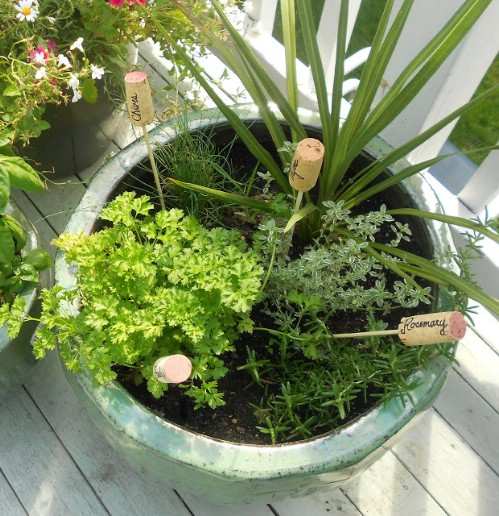
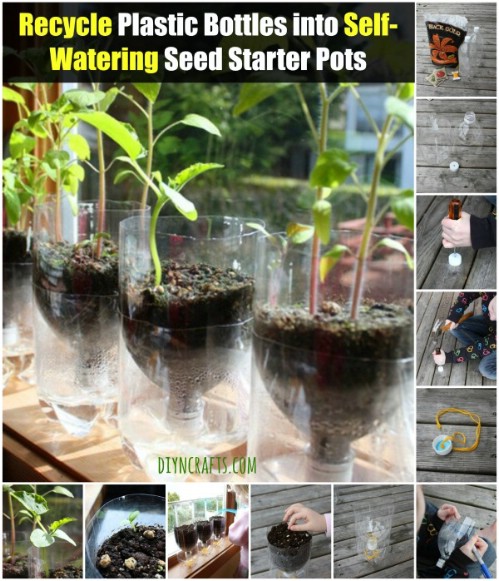
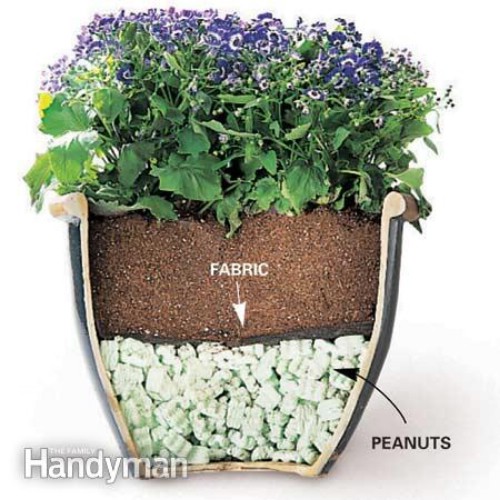
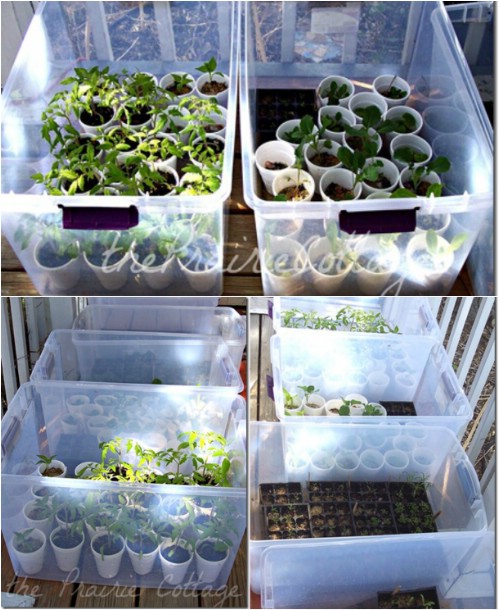
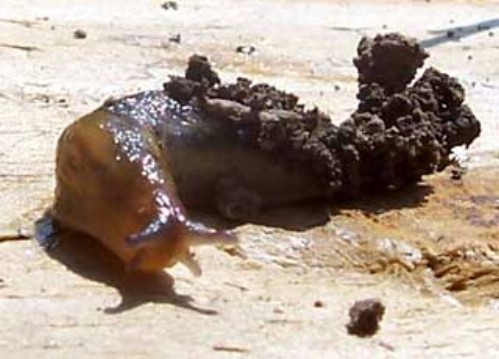
No comments:
Post a Comment